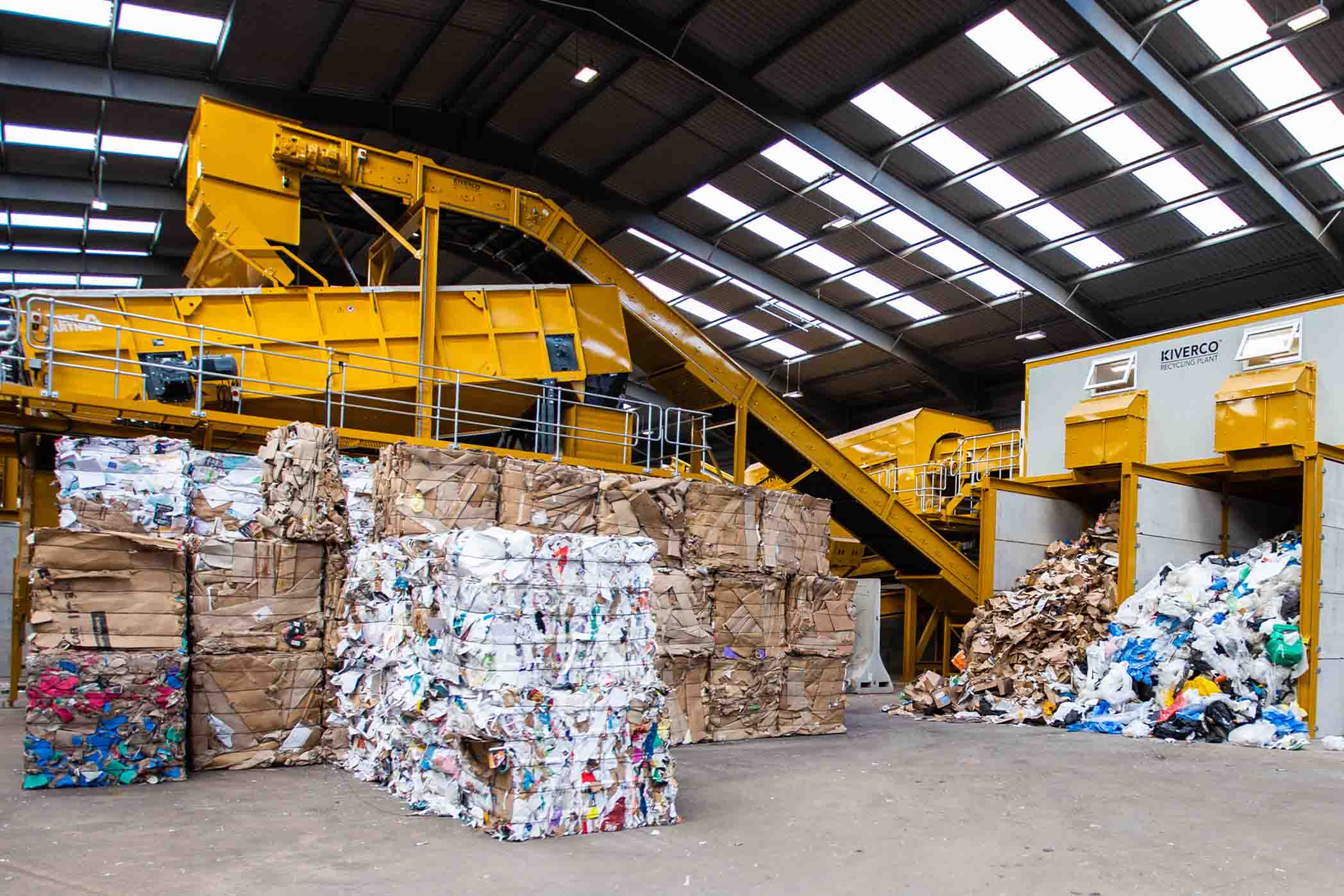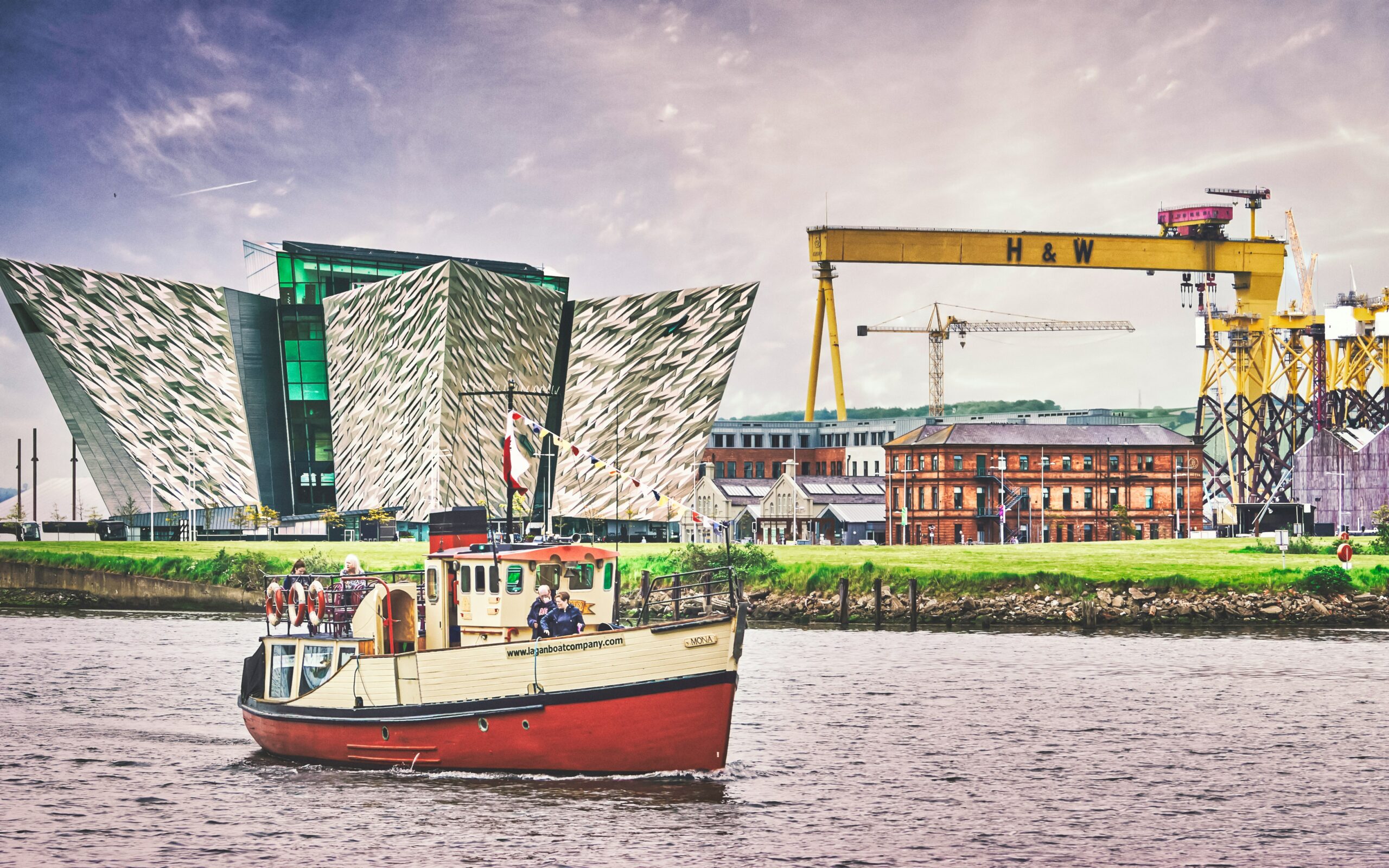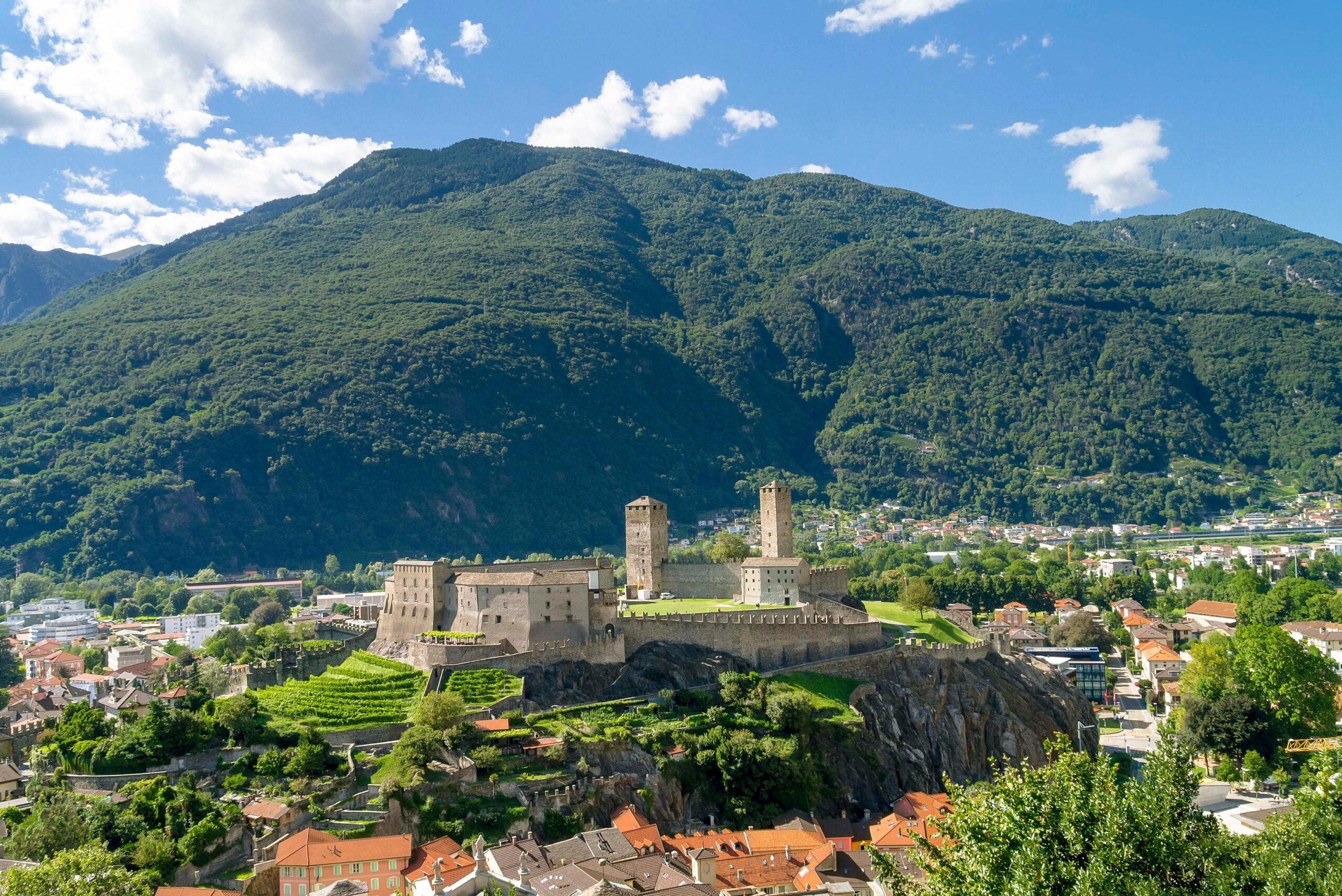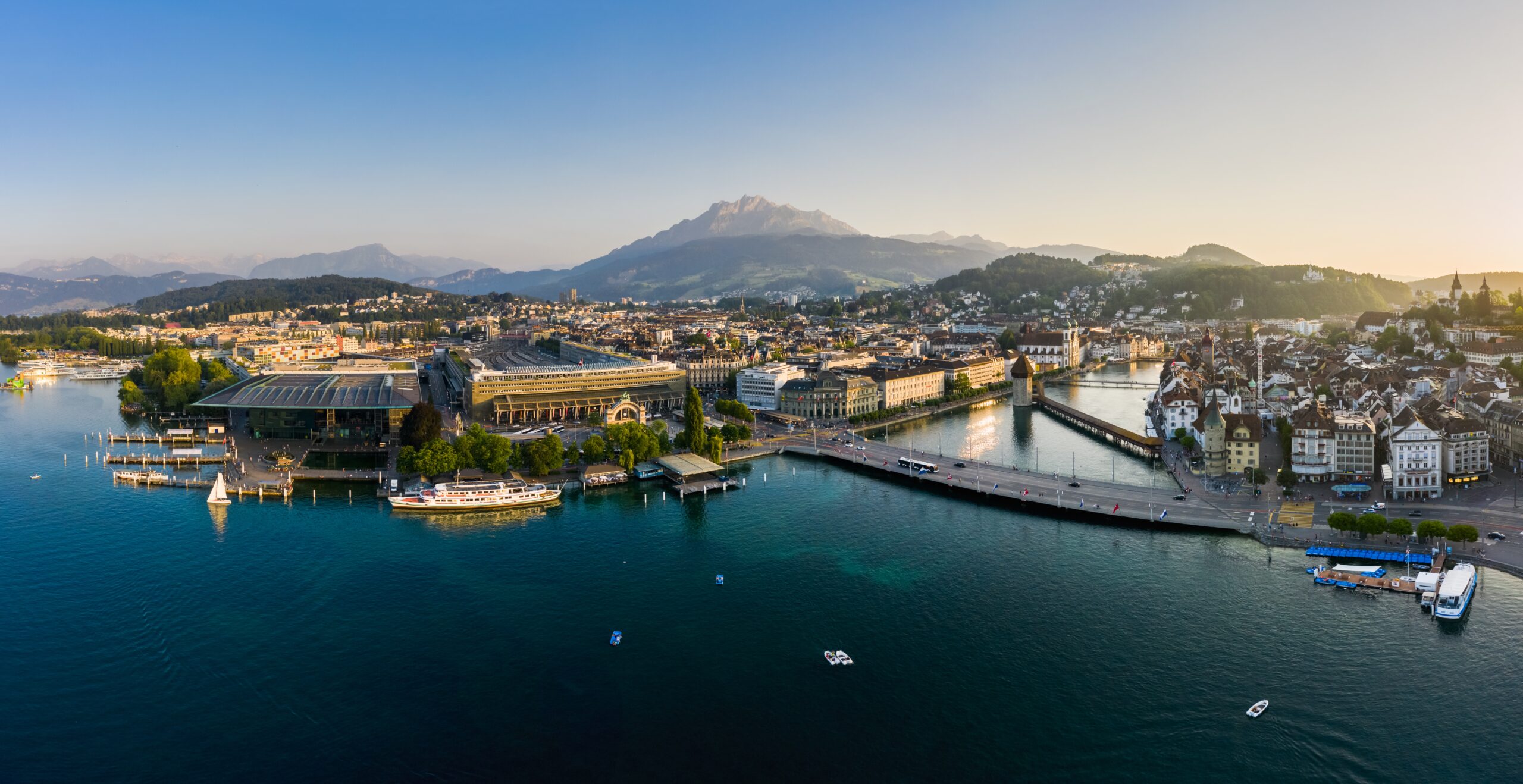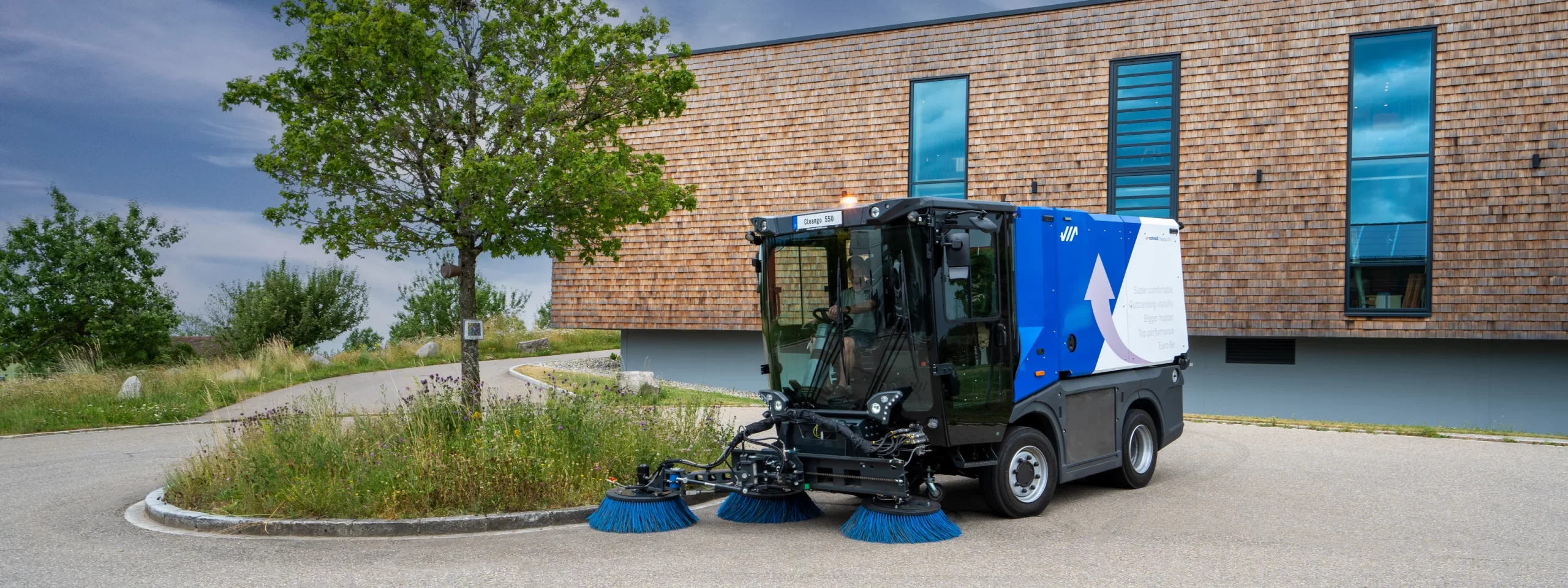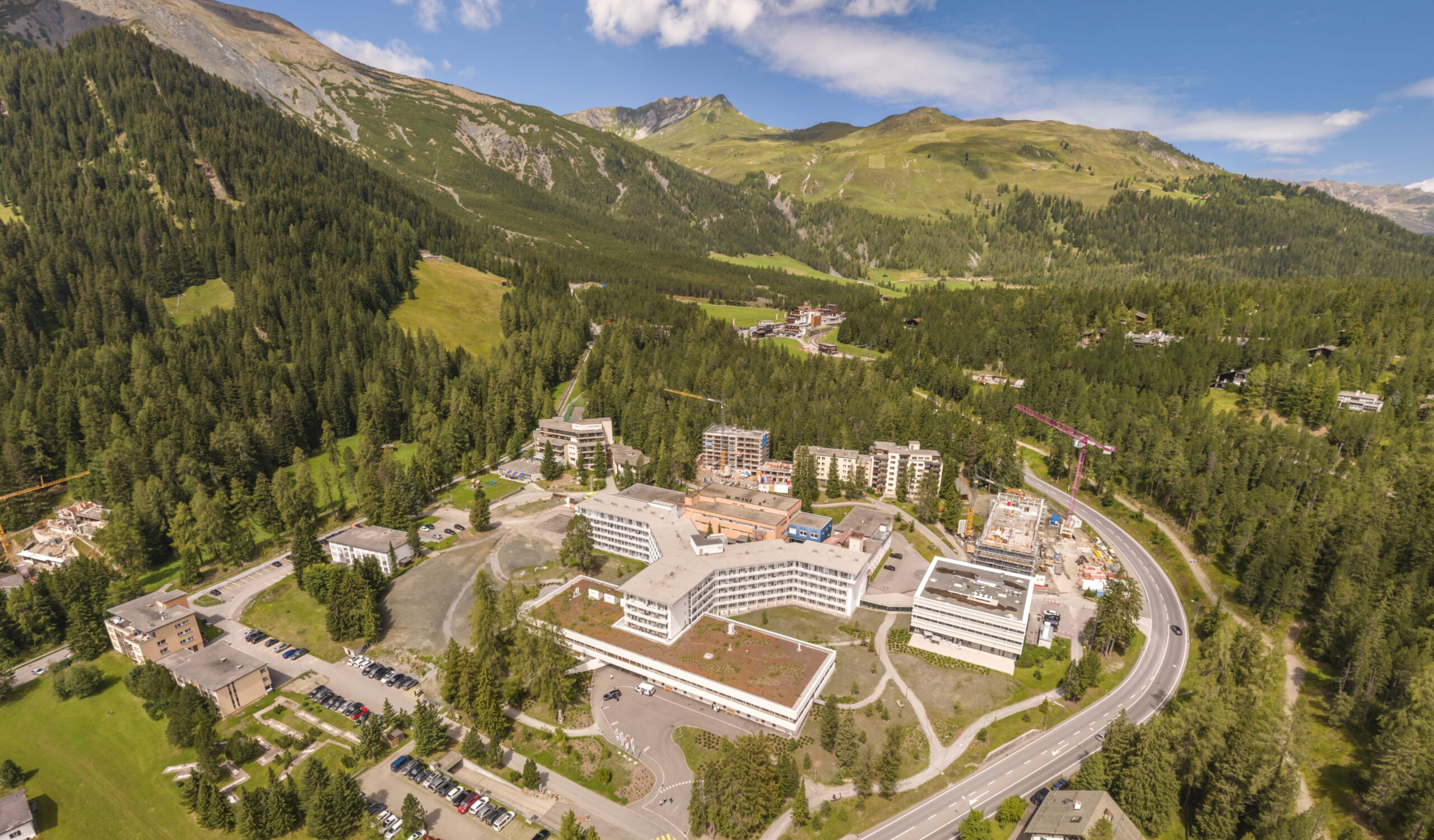The OECD defines Blended finance as the strategic use of development finance for the mobilization of additional funding towards sustainable development in developing countries. Private capital is pooled with public funds to invest in projects aimed at furthering national development. This can be done in everything from infrastructure, clean energy, climate change, or poverty alleviation, amongst other areas.
Sustainable infrastructure projects in emerging markets are usually seen as too risky for conventional investors. Blended finance can mitigate risks and lead to improving the surroundings of the private sector. It helps the public sector attract foreign direct investment and increase the private sectors’ contributions to developing the nation. This win-win scenario benefits investors and global development. Sharing the same objectives helps reduce the risk profile of the investments and creates greater avenues for value creation.
Unlike other developing countries were the UN SDG’s seek to increase its use, Egypt has been using blended capital for years. Two conventional blended finance holding examples in Egypt are Qalaa Holdings and Carbon Holdings.
Qalaa Holdings pioneered blended finance in Egypt while mobilizing billions of euro in equity and debt for its EUR 3 245 million Egyptian Refining Company. It was able to pool together financing from private investors, development finance institutions and export credit agencies.
The refinery will convert low-value fuel oil into middle and light distillates reaching a production capacity of 4.7 million tons per year. 2.3 million tons of Euro 5 diesel which currently represents nearly 40% of national imports and 600 000 tons of jet fuel. The operation will help eliminate 96,000 tons of Egypt’s sulfur emissions.
Carbon Holdings followed with a EUR 8 772 million planned investment in the Tahrir Petrochemical Complex. It will be Egypt’s first naphtha cracker and will produce different types of petrochemicals used to make various consumer and industrial goods. Engineering and construction are expected to begin in early 2019 following ongoing financing rounds.
In addition to these, the most recent investments within Egypt’s solar Benban and wind renewable energy projects have followed blended finance principles.

